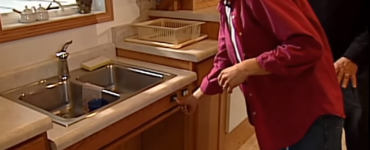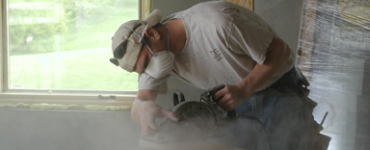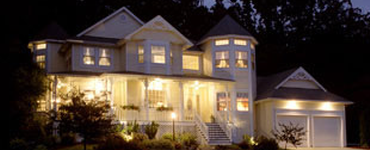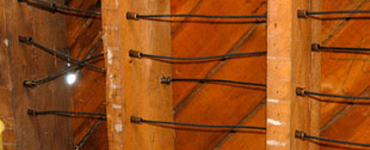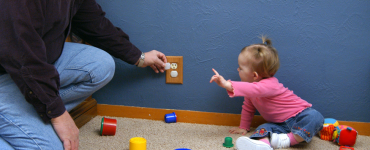Carbon monoxide
Know the warning signs of CO poisoning
When a natural gas appliance malfunctions, it can produce carbon monoxide (CO). CO is a deadly odorless, colorless and tasteless gas, which makes it hard to detect. Warning signs of CO poisoning include dizziness, shortness of breath, headaches, confusion, nausea and fainting. If you think you may be experiencing CO poisoning, leave your home and seek medical attention immediately.
What can you do to avoid CO poisoning?
Install carbon monoxide alarms and carefully follow the manufacturer’s directions for operation, placement and maintenance. Before the heating season, have a professional inspection of all fuel-burning appliances and all heating and venting equipment.
In this video: Our hosts, Pete and Megan, explain how to use natural gas safely in your home. Always make sure you have a working carbon monoxide detector.
More from this category
Aging in place
Take care with power tools
Taking a few minutes to check power tools before and after using will keep them in good working order and will keep you safe.
Home security systems
Many homeowners are investing in home security systems to deter criminals, provide home protection and deliver peace of mind.
Wiring and grounding in older homes
The wiring inside most older houses wasn’t designed to handle the electrical needs we have today.
Be prepared for bad weather
Gas appliance safety
Keep these safety guidelines in mind when using gas-consuming products such as stoves, clothes dryers, water heaters and furnaces.
Electrical safety and childproofing
Make sure your electrical appliances, tools and outlets are safe, and be careful around electrical equipment outdoors.
Staying safe around buried gas pipelines
If you have buried natural gas lines on your property, make sure you know how to locate and maintain them.


